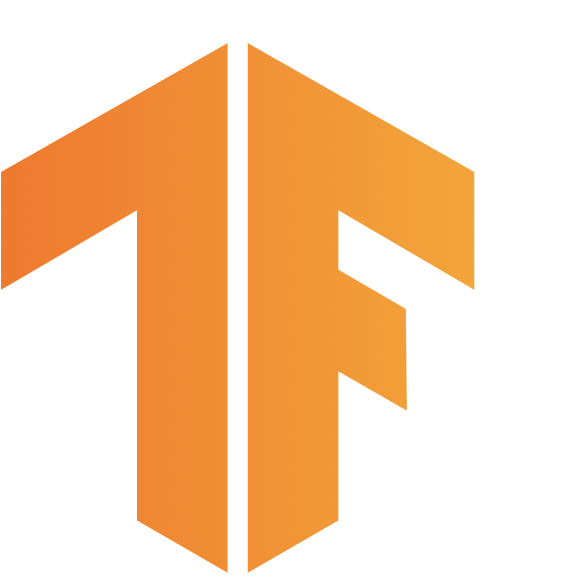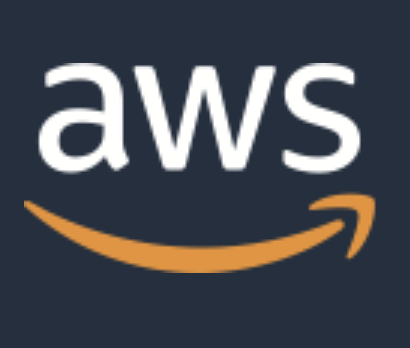
MobileBERT in TensorFlow.js
Gleep uses a compressed version of BERT, MobileBERT, that runs 4x faster and has a 4x smaller model size to answer questions based on a given passage's content using script tags directly in browser.

BERT in Tensorflow
Lecture recordings and transcripts aren't perfect. Unclear audio, delay, um's, ah's, and pauses all make it tough to follow. Summarization using BERT allows Gleep to sift through and find key phrases.

Gradio for Summarization
Gradio facilitates customizable UI components around TensorFlow models and Python functions. Gradio enabled our text summarization model, which we were unable to implement with tfjs scripts.

Amazon Web Services
Cloudfront and S3 enable Gleep to quickly serve requests and update our models without downtime.
